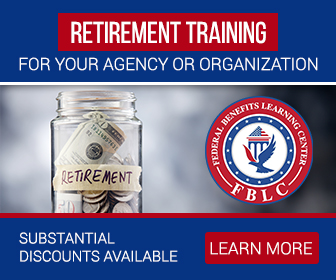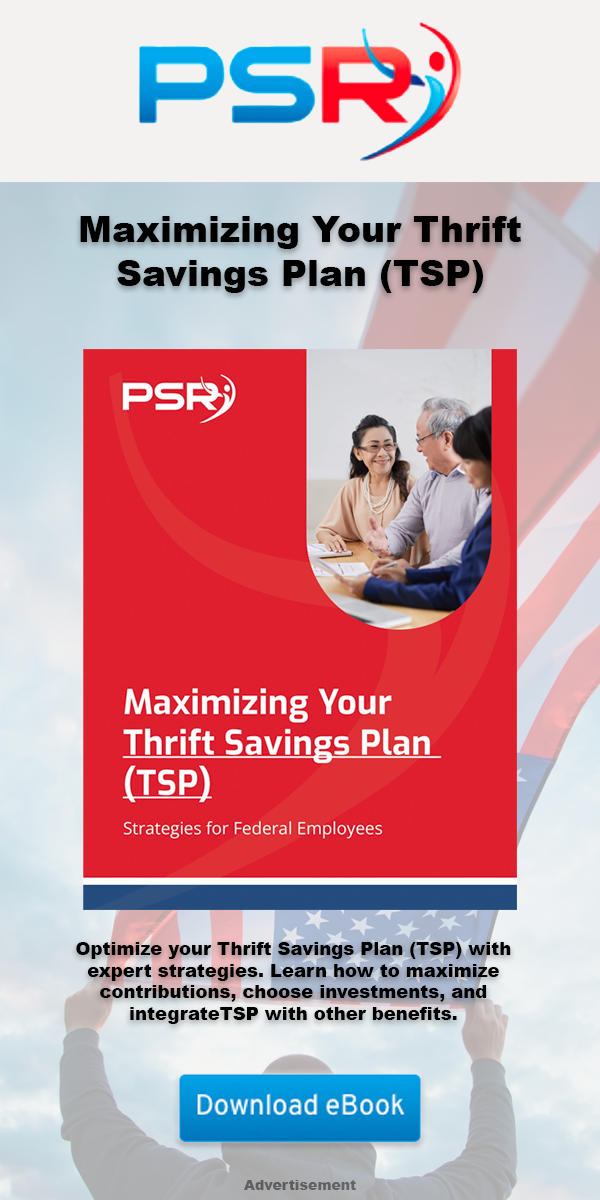Key Takeaways
-
Timing your Social Security benefits can make a significant difference in your retirement income.
-
Integrating Social Security with federal retirement benefits can help you maximize financial stability.
Understanding Social Security: A Foundation for Your Future
If you’re a federal employee nearing retirement, understanding Social Security’s role in your financial plan is crucial. As a public sector worker, your benefits often complement the Federal Employees Retirement System (FERS) or Civil Service Retirement System (CSRS). By using a few strategic approaches, you can enhance your retirement security and make the most of your earned benefits.
The Timing Game: When Should You Start?
- Also Read: Why the FERS Supplement Is Still a Lifeline for Early Retirees—But a Risky One
- Also Read: You May Be Eligible for Medicare Soon—Here’s How It Affects Your Other Coverage
- Also Read: Dental Plans Under FEDVIP Are Offering Better Coverage Than Ever—Why Federal Employees Are Taking Notice
Early, On Time, or Late? You can begin claiming Social Security as early as age 62, but this comes with a permanent reduction in benefits. For every month you claim before your full retirement age (FRA), your monthly payment decreases. FRA varies based on your birth year, ranging from 66 to 67.
Delaying benefits beyond FRA increases your monthly payment by 8% annually until age 70. This delay can significantly boost lifetime benefits if you expect a longer retirement horizon. Evaluate your health, expected longevity, and financial needs to determine the best claiming age.
Key Tip: Waiting until age 70 may be a smart move if you’re in good health and have other income sources to bridge the gap.
Coordinating FERS Benefits with Social Security
Federal employees under FERS contribute to Social Security, making it a vital part of their retirement strategy. Your FERS benefits include three components: the FERS annuity, Social Security, and the Thrift Savings Plan (TSP).
FERS Special Retirement Supplement (SRS): If you retire before age 62, the FERS SRS can temporarily replace your Social Security income until you’re eligible. This benefit mimics the amount you would receive from Social Security at age 62 but ends when you reach that age.
TSP and Social Security: By leveraging your TSP withdrawals strategically, you may delay claiming Social Security, allowing your benefits to grow.
Planning for the Windfall Elimination Provision (WEP)
The WEP can reduce Social Security benefits if you’re a CSRS employee who didn’t pay Social Security taxes on your federal earnings. The reduction depends on:
-
The number of years you’ve paid Social Security taxes.
-
Your total earnings history.
You can offset WEP’s impact by maximizing Social Security-covered employment. Working for at least 30 years in a Social Security-covered job ensures no WEP reduction applies.
Working While Receiving Social Security: What to Know
If you decide to work after claiming Social Security before your FRA, your benefits may be reduced depending on your earnings. In 2025, the annual earnings limit is $23,400. If you exceed this limit, $1 is withheld for every $2 you earn above it.
Once you reach FRA, the earnings limit disappears, and your benefits are recalculated to include the withheld amounts. This makes working past FRA an attractive option for those seeking additional income.
Spousal and Survivor Benefits: Don’t Overlook Them
Spousal Benefits: If you’re married, you may be eligible for spousal benefits worth up to 50% of your spouse’s FRA benefit. This option is ideal for individuals who earned less during their careers or spent significant time outside the workforce.
Survivor Benefits: Survivor benefits allow a widow or widower to claim up to 100% of their spouse’s Social Security benefit. Timing plays a significant role here, as claiming survivor benefits before FRA reduces the amount.
Key Tip: Understanding your family’s overall Social Security picture can help you make informed decisions about when and how to claim.
Managing Taxes on Social Security Benefits
Social Security benefits may be taxable if your combined income exceeds certain thresholds. Combined income includes your adjusted gross income (AGI), nontaxable interest, and half of your Social Security benefits.
In 2025, the thresholds for taxation are:
-
Single filers: $25,000.
-
Married filing jointly: $32,000.
Avoiding or Minimizing Taxes:
-
Use tax-advantaged accounts like the Roth TSP to reduce taxable income.
-
Delay Social Security benefits to limit combined income while withdrawing other retirement funds first.
Social Security Strategies for Divorced Individuals
If you’re divorced and were married for at least 10 years, you may be eligible for spousal benefits based on your ex-spouse’s record. This doesn’t affect their benefits or those of their current spouse. To qualify, you must:
-
Be unmarried.
-
Be age 62 or older.
-
Have a benefit amount lower than your ex-spouse’s.
Similarly, divorced survivors can claim survivor benefits if their ex-spouse passes away, offering additional financial stability.
Tools to Help You Plan
Utilize available resources to estimate your benefits and craft a personalized strategy:
-
My Social Security Account: Create an account at SSA.gov to access your earnings record and get an estimate of future benefits.
-
Federal Benefits Calculator: Use calculators designed for federal employees to integrate Social Security with your FERS or CSRS benefits.
-
Financial Advisors: Consult professionals familiar with federal retirement systems to create a tailored plan.
Tailoring Your Strategy for Maximum Benefits
Every federal employee’s financial situation is unique. By aligning your Social Security decisions with your federal benefits, you can optimize your retirement income. Review your options annually and adjust your strategy based on changes in income, health, or family circumstances.
Maximize Financial Security in Retirement
Social Security offers more than just a monthly payment; it’s a cornerstone of your retirement plan. By carefully considering your options, timing your claims strategically, and integrating these benefits with your federal retirement package, you can ensure a comfortable and financially secure future.













